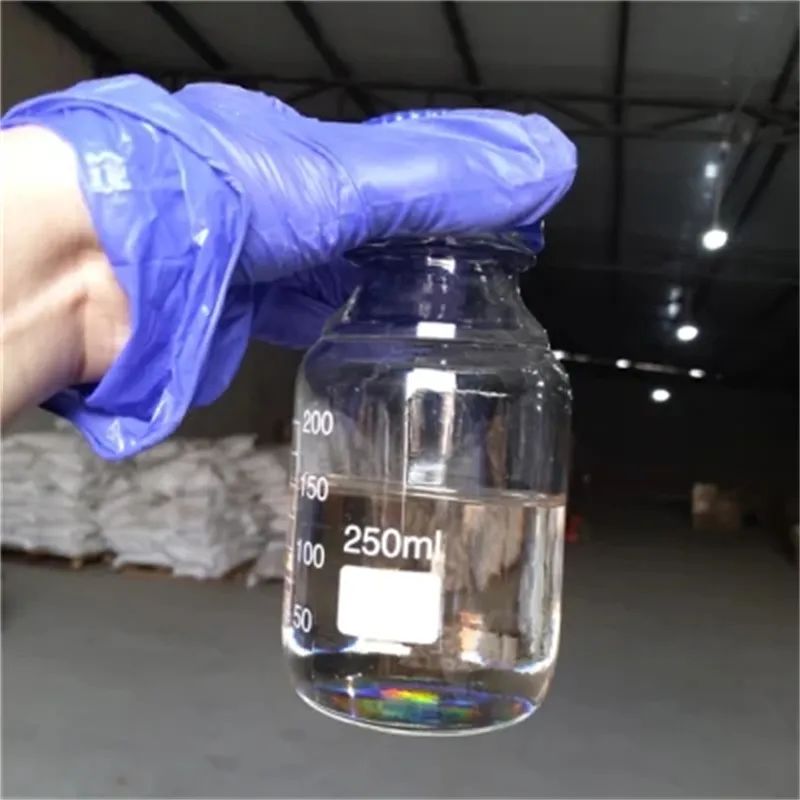Warning: Undefined array key "title" in /home/www/wwwroot/HTML/www.exportstart.com/wp-content/themes/1198/header.php on line 6
Warning: Undefined array key "file" in /home/www/wwwroot/HTML/www.exportstart.com/wp-content/themes/1198/header.php on line 7
Warning: Undefined array key "title" in /home/www/wwwroot/HTML/www.exportstart.com/wp-content/themes/1198/header.php on line 7
Warning: Undefined array key "title" in /home/www/wwwroot/HTML/www.exportstart.com/wp-content/themes/1198/header.php on line 7
- Afrikaans
- Albanian
- Amharic
- Arabic
- Armenian
- Azerbaijani
- Basque
- Belarusian
- Bengali
- Bosnian
- Bulgarian
- Catalan
- Cebuano
- China
- China (Taiwan)
- Corsican
- Croatian
- Czech
- Danish
- Dutch
- English
- Esperanto
- Estonian
- Finnish
- French
- Frisian
- Galician
- Georgian
- German
- Greek
- Gujarati
- Haitian Creole
- hausa
- hawaiian
- Hebrew
- Hindi
- Miao
- Hungarian
- Icelandic
- igbo
- Indonesian
- irish
- Italian
- Japanese
- Javanese
- Kannada
- kazakh
- Khmer
- Rwandese
- Korean
- Kurdish
- Kyrgyz
- Lao
- Latin
- Latvian
- Lithuanian
- Luxembourgish
- Macedonian
- Malgashi
- Malay
- Malayalam
- Maltese
- Maori
- Marathi
- Mongolian
- Myanmar
- Nepali
- Norwegian
- Norwegian
- Occitan
- Pashto
- Persian
- Polish
- Portuguese
- Punjabi
- Romanian
- Russian
- Samoan
- Scottish Gaelic
- Serbian
- Sesotho
- Shona
- Sindhi
- Sinhala
- Slovak
- Slovenian
- Somali
- Spanish
- Sundanese
- Swahili
- Swedish
- Tagalog
- Tajik
- Tamil
- Tatar
- Telugu
- Thai
- Turkish
- Turkmen
- Ukrainian
- Urdu
- Uighur
- Uzbek
- Vietnamese
- Welsh
- Bantu
- Yiddish
- Yoruba
- Zulu
Aug . 18, 2024 00:16 Back to list
Applications and Benefits of Xanthan Gum Derived from Corn in Food Industry
The Role of Xanthan Gum in Corn-Based Products
Xanthan gum is a versatile and widely used food additive that has gained popularity in various culinary applications. It is a polysaccharide produced through the fermentation of glucose or sucrose by the bacterium Xanthomonas campestris. With its unique rheological properties, xanthan gum plays a crucial role in enhancing the texture and stability of many food products, particularly those derived from corn, which is a staple ingredient in the food industry.
Corn, or maize (Zea mays), is one of the most cultivated grains in the world. It is a key ingredient in numerous food products, including tortillas, cornbread, and corn syrup. While corn provides the base for these foods, xanthan gum enhances their quality, making them more appealing and functional. Its inclusion in corn-based products can significantly improve their texture, moisture retention, and shelf life.
The Role of Xanthan Gum in Corn-Based Products
Additionally, xanthan gum plays a vital role in gluten-free formulations. As more consumers seek gluten-free options for health or dietary reasons, incorporating xanthan gum into corn-based gluten-free products can replicate the characteristics often provided by gluten in conventional recipes. It helps bind ingredients together, preventing crumbling and allowing products like gluten-free bread and pastries to maintain their structure. Without xanthan gum, gluten-free corn products might turn out dry and unpalatable, failing to meet consumer expectations.
xanthan gum corn

Moreover, xanthan gum is known for its exceptional ability to retain water, which is particularly beneficial for corn-based baked goods. This water retention ensures that products remain moist and fresh for longer periods, reducing the likelihood of spoilage and waste. In this regard, xanthan gum not only enhances the sensory attributes of food items but also contributes to their overall shelf stability, an essential factor in food distribution and retail.
In the realm of processed corn products, xanthan gum can also contribute to flavor release, enhancing the overall taste experience. By binding with water and other ingredients, xanthan gum can help in the uniform distribution of flavors, ensuring that each bite is as flavorful as the last. This is especially important in items like corn-based snacks, where consistent flavor delivery is paramount for customer satisfaction.
Importantly, xanthan gum is also praised for its health benefits. It is a source of dietary fiber, which contributes to digestive health. Its ability to create a gel-like consistency can slow down digestion, promoting a feeling of fullness and potentially aiding in weight management. Thus, incorporating xanthan gum in corn-based dietary products aligns well with the growing consumer demand for healthier food alternatives.
In conclusion, xanthan gum plays an indispensable role in enhancing the quality and functionality of corn-based products. Its thickening, stabilizing, and moisture-retaining properties not only improve the texture and taste of these foods but also ensure they meet modern consumer demands for gluten-free options and longer shelf life. As the food industry continues to evolve, xanthan gum will undoubtedly remain a key ingredient that helps bridge the gap between innovation and tradition in corn-based culinary creations.
Latest news
-
Certifications for Vegetarian and Xanthan Gum Vegetarian
NewsJun.17,2025
-
Sustainability Trends Reshaping the SLES N70 Market
NewsJun.17,2025
-
Propylene Glycol Use in Vaccines: Balancing Function and Perception
NewsJun.17,2025
-
Petroleum Jelly in Skincare: Balancing Benefits and Backlash
NewsJun.17,2025
-
Energy Price Volatility and Ripple Effect on Caprolactam Markets
NewsJun.17,2025
-
Spectroscopic Techniques for Adipic Acid Molecular Weight
NewsJun.17,2025

